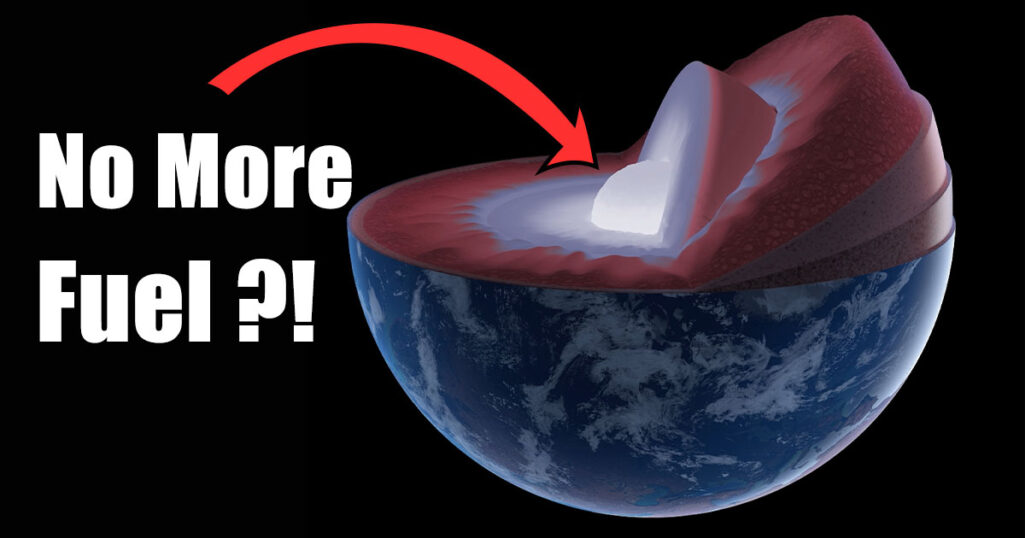
Temperatures at the Earth’s crust are rather constant throughout the year. However, the Earth’s core, which lies under the crust, is extremely hot.
The Earth’s core is not only incredibly interesting, but it is also essential for life on Earth in several ways. Nevertheless, how long can the Earth’s core remain hot? And could it run out of fuel soon?
To learn more, keep on reading.
How Hot is the Core of the Earth?
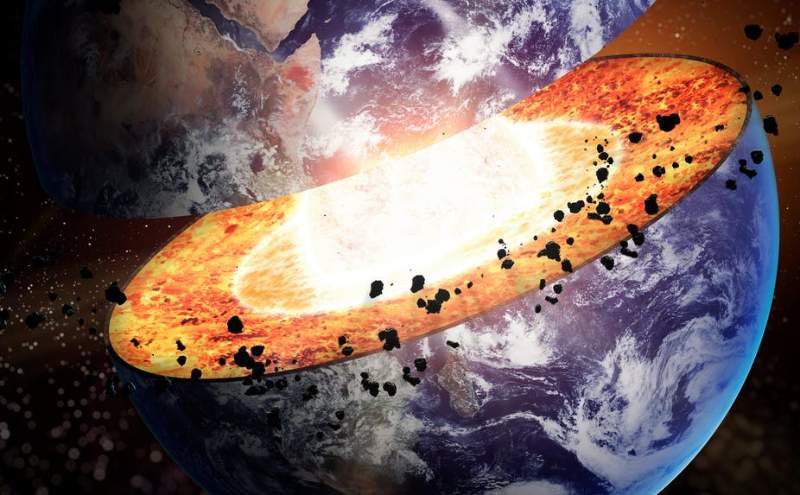
According to scientists, it is estimated that the temperature of the Earth’s core is about 10,000 degrees Celsius (18,032 degrees Fahrenheit).
How Did the Core Become this much Hot?
One theory suggests that our Solar System was a cloud of frigid dust particles some 4.5 billion years ago. When this cloud of gas and dust was somehow disrupted, gravity brought everything together and formed a massive, spinning disk.

The Sun formed in the center of the disk, while the surrounding rings of gas and molten liquid-cooled and condensed to form enormous, flaming balls. Large bodies crashing into the freshly created planet produced enormous heat in its core.
A spherical ball of heated rock created the Earth’s crust during its formation. This ball became considerably hotter due to radioactive decay and residual heat from the planet’s birth. After around 500 million years, Earth’s temperature surpassed 1,538°C (2,800°F), the melting point of iron.
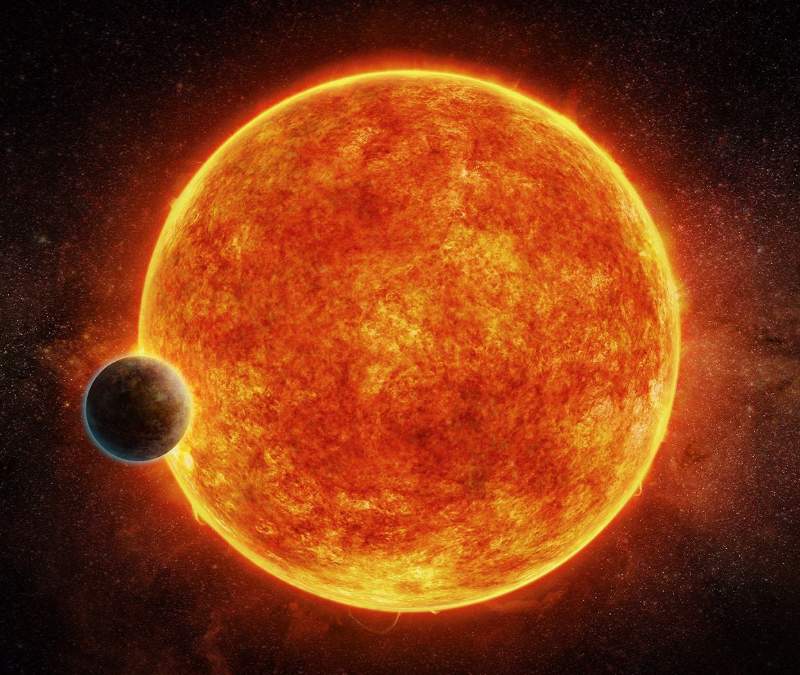
The decay of radioactive elements, residual heat from planet formation, and heat produced when the liquid outer core hardens along its boundary with the inner core are assumed to be the primary causes of the core’s extreme heat.
Is it possible for the core to remain extremely hot for a long time?
Within the next four years, University of Maryland researchers say they’ll have an answer.
The Earth’s tectonic plates and magnetic fields require enormous energy to operate. This energy comes from the Earth’s core, but scientists believe it is gradually cooling.
What Keeps the Core Hot for Today?
Two types of “fuel” keep the Earth’s core hot: primordial energy left over from the planet’s birth and nuclear energy created by natural radioactive decay.
During the early days of the solar system’s development, energy was unlimited. Meteorites blasted the globe at its birth, resulting in excessive frictional force. Volcanic activity was prevalent during that time.
How long will the core of the Earth last?
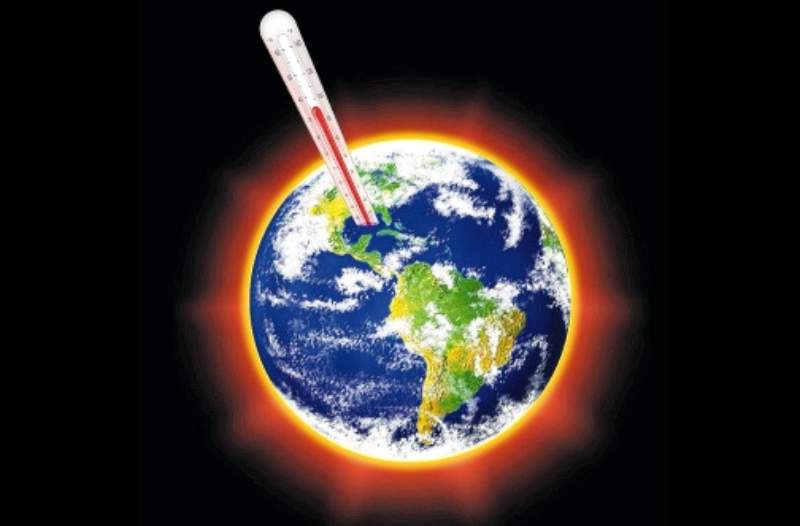
Since the beginning, the planet’s temperature has decreased dramatically. However, there is still some remaining heat from the creation of the Earth.
But this is not enough. A different kind of heat continues to warm Earth’s mantle and crust even if the primordial heat has mostly vanished. Large quantities of naturally radioactive elements can be found deep in the Earth’s crust and on the surface.
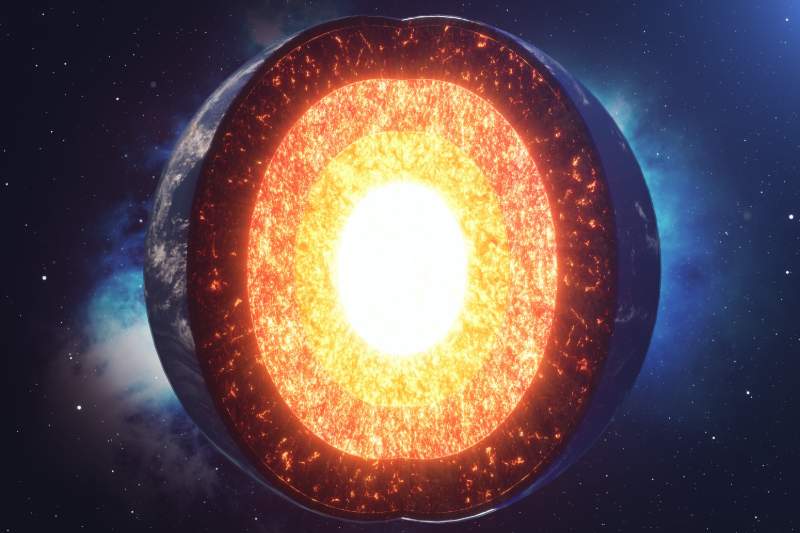
Heat is released during the radioactive material’s natural decay. According to researchers, about 44 × 10^12 W (TW) of heat is emitted from Earth’s core into space every second. The mystery remains as to how much of the heat is actually primordial.
The problem is that Earth would cool much faster if most of its heat is primordial. If the heat is mostly generated through radioactive decay, then the Earth’s heat will likely last longer.
The cooling of Earth’s core may take as long as 91 billion years, even though other estimates put the time at tens of billions of years. In reality, the Sun will likely burn out well before the core, in roughly 5 billion years, which is still a very long time.
What is the importance of the Earth’s core temperature?
The Earth’s core not only maintains the planet’s temperature steady, but it also ensures that the planet’s magnetic field remains intact. In the Earth’s outer core, the molten metal is constantly moving, which generates the planet’s magnetic field.
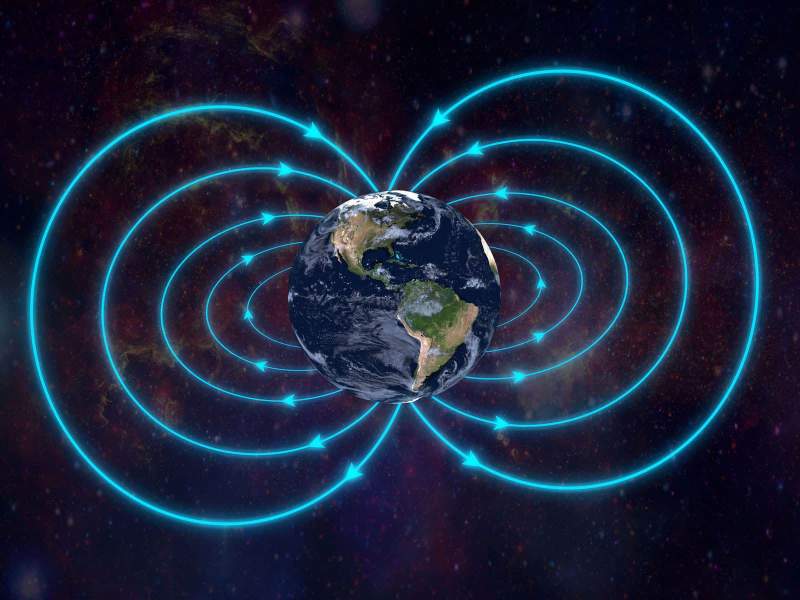
This enormous magnetic field reaches into space and traps charged particles that are gathered mainly by the solar winds. Electrons that are the fastest and most energetic are prevented from reaching Earth by the fields.
A group of magnetic fields known as the Van Allen belts is responsible for sustaining life on Earth. With no magnetic field shield to protect it, solar winds would destroy Earth’s ozone layer, which preserves life on Earth from damaging UV radiation.
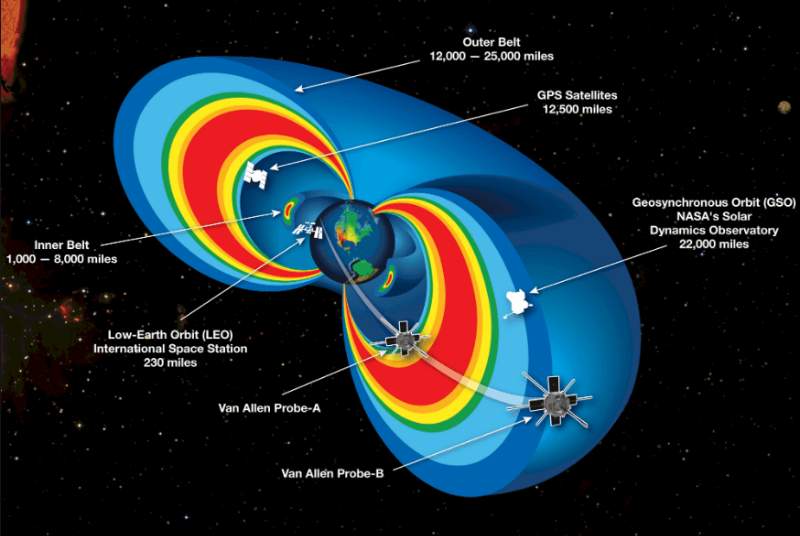
For how long will the Earth’s fuel supply last?
Scientists have developed various models to predict how much fuel is left in Earth’s engines. The findings, on the other hand, vary widely, making it impossible to make a judgment. We don’t know how much primordial and radioactive energy is still in Earth right now.
One of the study’s authors, William McDonough, a geology professor at the University of Maryland, stated, “I am one of those scientists who have created a compositional model of the Earth and predicted the amount of fuel inside Earth today.”
“We’re in a field of guesses. At this point in my career, I don’t care if I’m right or wrong. I just want to know the answer.” On the other hand, scientists feel a more precise estimate is now possible thanks to recent technological developments.
Researchers utilize modern sensors to detect some of the smallest subatomic particles known to science—geoneutrinos—to measure how much nuclear fuel remains in the Earth.
How Much Fuel is Still in the Earth Core?
Finding antineutrino particles can be a real challenge. Massive detectors of the size of a small office building are buried more than 0.6 miles (1 kilometer) under the Earth’s crust. In order to protect against cosmic rays that might cause false positives, it is essential to go this much deep.
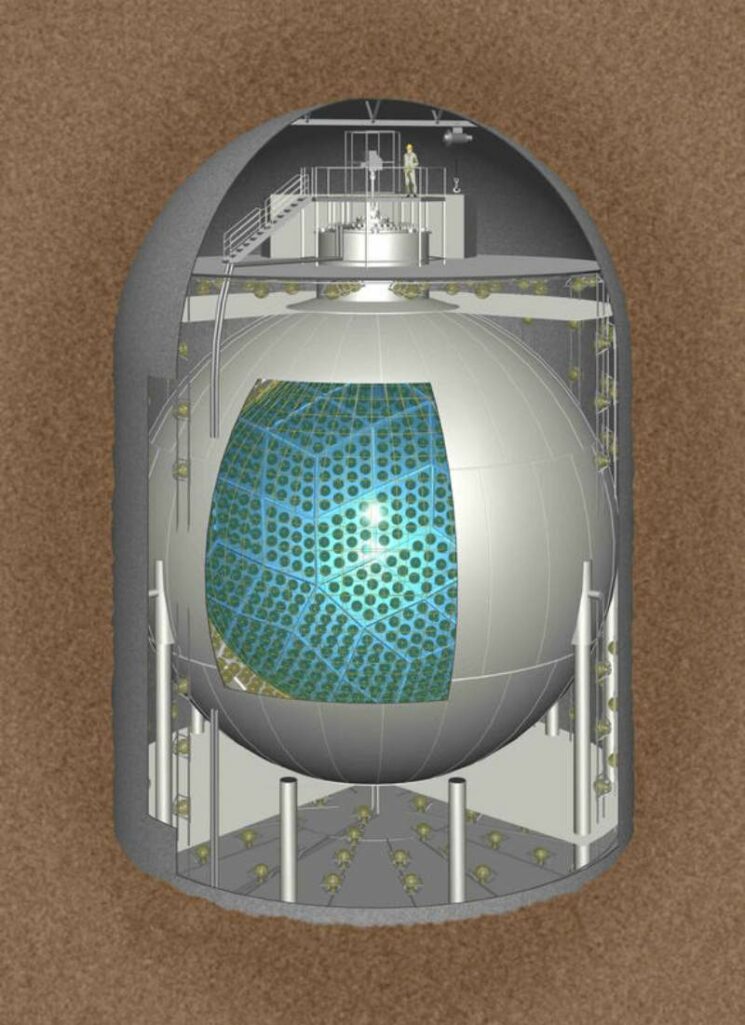
When antineutrinos are hit with hydrogen atoms in the detector, they can be detected. As a result of the impact, two brilliant lights can be clearly seen.
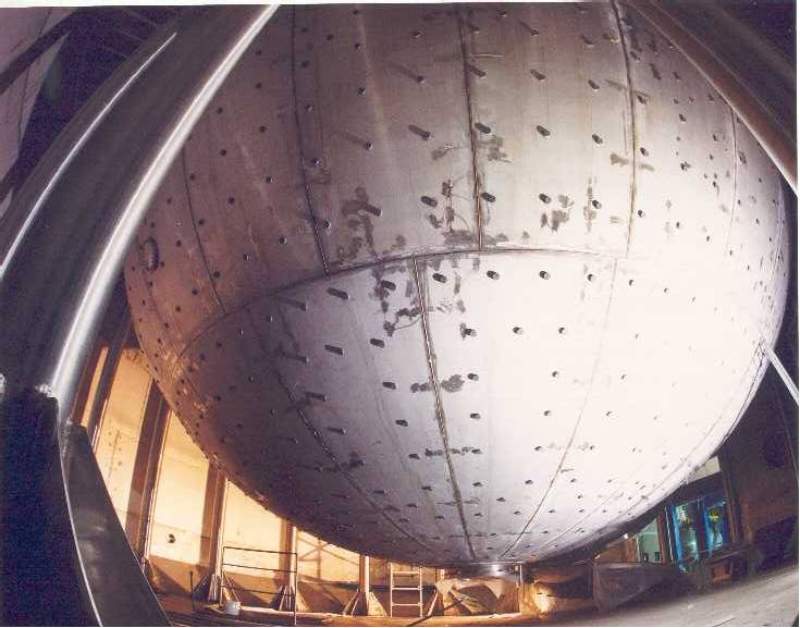
Scientists can count the quantity of uranium and thorium atoms that remain on our planet by calculating the number of collisions. The procedure is extremely slow since just 16 occurrences are detected annually by the detectors KamLAND and Borexino.

However, with the help of the SNO+ detector in Canada, as well as the Jinping and JUNO detectors in China, it is expected that the total number of detected events will be more than 500.
“Once we collect three years of antineutrino data from all five detectors, we are confident that we will have developed an accurate fuel gauge for the Earth and be able to calculate the amount of remaining fuel inside Earth,” said McDonough.
“Knowing exactly how much radioactive power there is in the Earth will tell us about Earth’s consumption rate in the past and its future fuel budget,” explained McDonough.
“By showing how fast the planet has cooled down since its birth, we can estimate how long this fuel will last.” Scientists like McDonough will be able to determine how long it will take for the Earth’s core to cool using the information gathered.
You may put your mind at ease for the time being, knowing that any estimations you hear will likely be hundreds of millions or perhaps billions of years in the future. As a result, there is no immediate need to begin making preparations to relocate to another planet!




